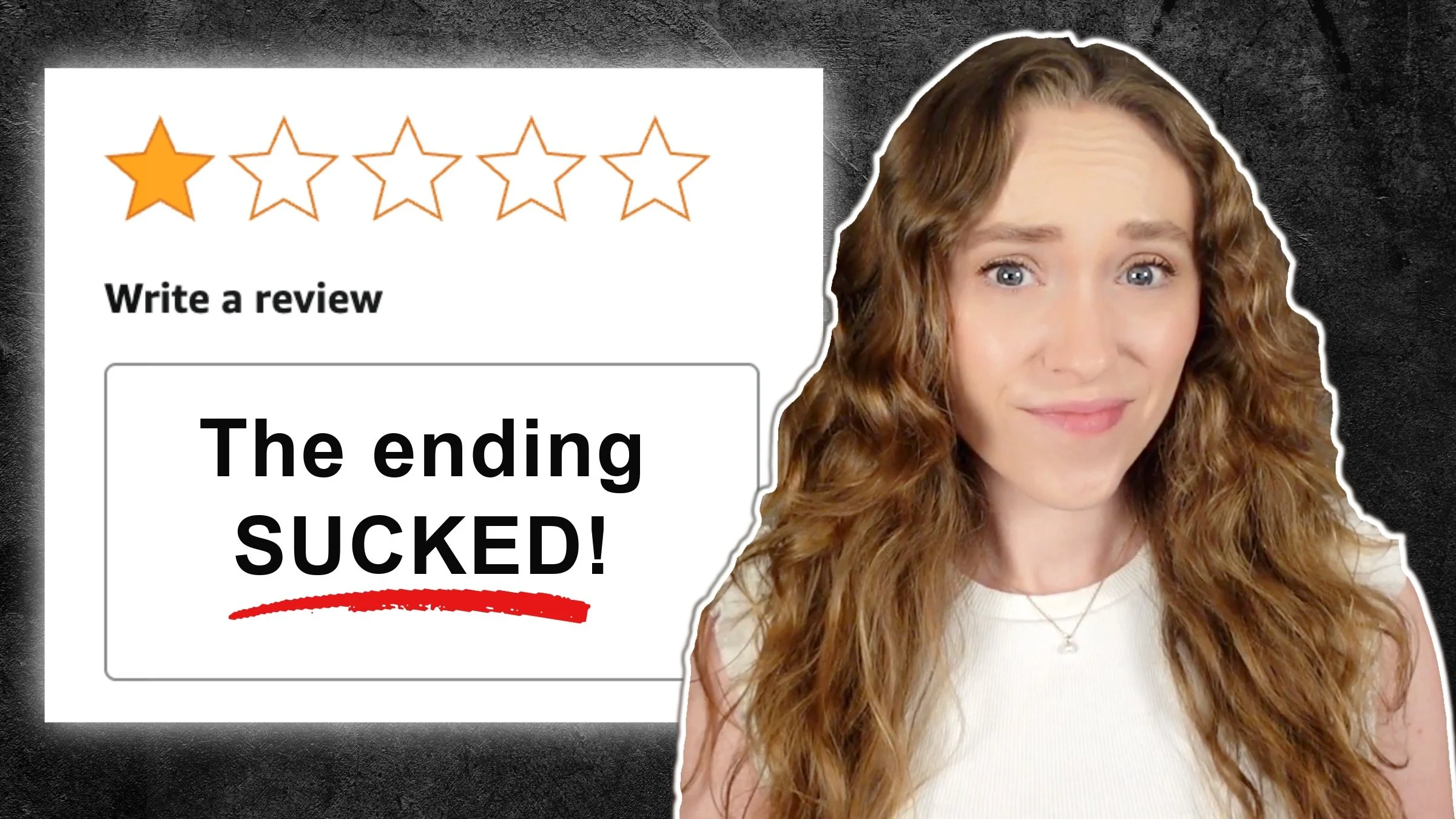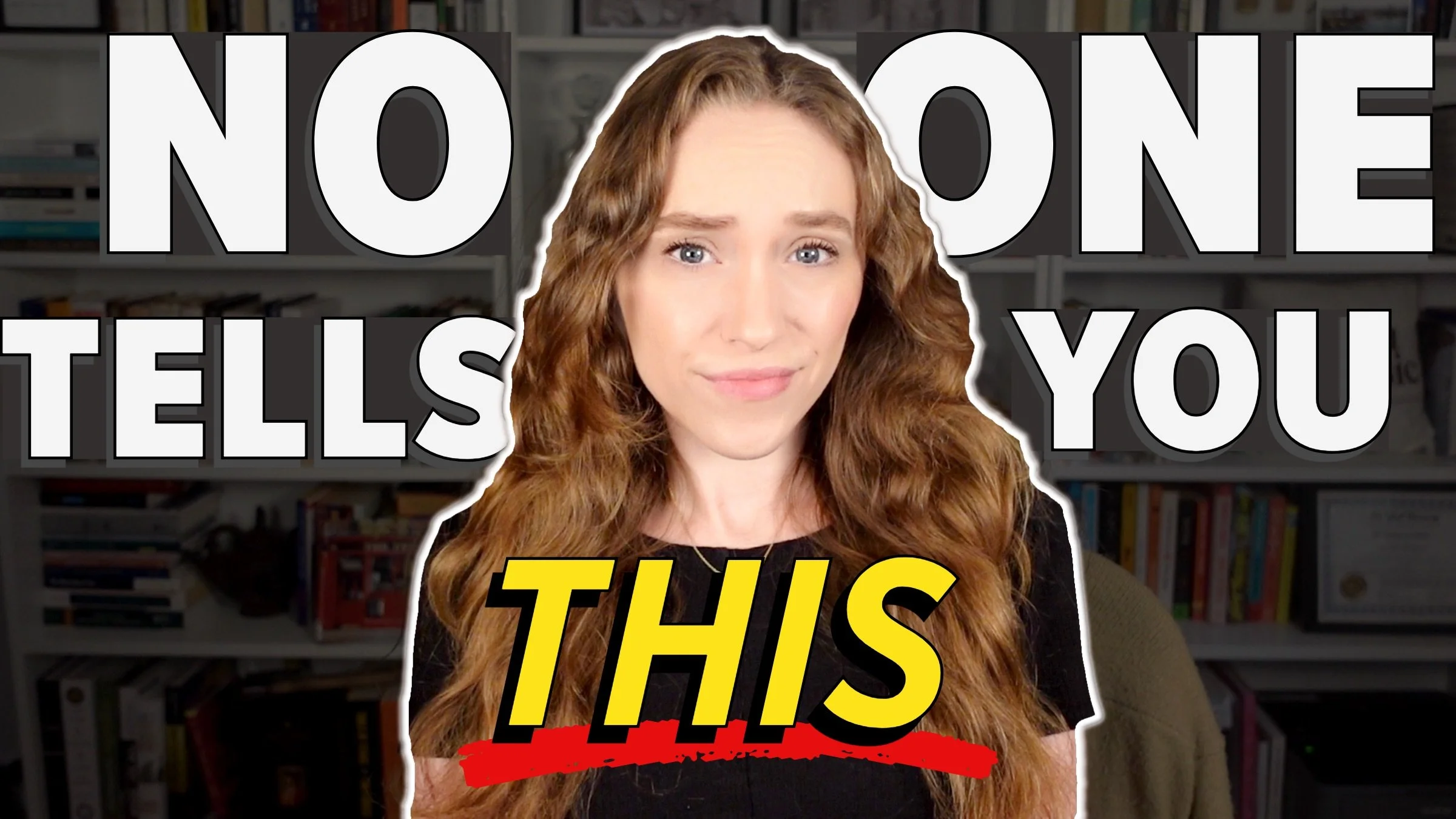Popular Narrative Writing Techniques I Actually Hate
HIT PLAY OR READ THE POST BELOW:
Over my years of working as a book editor, I have developed a list of pet peeves and narrative writing techniques that I don’t personally find effective. Along with identifying my pet peeves, I'm going to offer some tips on what I recommend doing instead.
As with any piece of writing advice, this is just my personal opinion. None of this is a hard rule, so if you find that your use of a technique works, then feel free to keep it.
Writing Out Dialects
If you have a character who has an accent or speaks in a certain dialect, you may want to use apostrophes or intentionally misspell words in the dialogue to indicate to the reader how they are saying those words aloud. By phonetically spelling out their dialogue, your intention is to show the reader their speech patterns.
However, it can be distracting to read those words phonetically spelled out. The reader can trip over those lines and struggle to interpret their meaning. The other issue with this technique is that you run the risk of unintentionally stereotyping those characters by portraying their speech in a certain way. Even though what you're trying to do is present them authentically, it could come across the wrong way and do the opposite.
There are cases where writing out the dialect or accent works well, and there are many published authors who execute it effectively. But, if you aren’t natively familiar with the accent, I would try to avoid phonetically spelling out dialects.
What I recommend doing instead is writing out what the character is saying in standard English and then describing what their tone or accent or dialect is like in the narration. The reader will be able to fill in those gaps for themselves without you spelling it out phonetically for them.
Naming Chapters
The next narrative writing technique I personally dislike is naming chapters. This is when, along with a chapter heading like “Chapter One,” there's some kind of word or phrase underneath or above it that is meant to convey the tone or the takeaway from that chapter.
To me, this feels antiquated and in a full length novel, especially where there are a dozen or more chapters, it just isn't necessary. The reader is likely going to skim over those chapter titles and any significance that you've meant for them to have is likely going to get lost. Remember, it's unlikely the reader is going to go back after finishing the chapter and look at the chapter title to figure out what it meant.
What I recommend doing instead is letting the chapter number stand on its own. Alternatively, you can have line breaks or section breaks without a formal “Chapter One” or “Chapter Two” header. All you really need between scenes is some kind of pause for the reader to understand there’s a jump in time or switch in POV. You don't need a chapter title to set their expectations for what that part of the story is going to entail, and you don't want the chapter title to be disruptive to their experience.
Unrealistic Physical Attributes
This is when we're told a character has striking violet or red eyes, or they have a scar running down the side of their face, or they're just exceptionally attractive or beautiful. And then the reader is hit over the head, over and over, with that physical attribute.
The reason why I don't like this narrative writing technique is because when you overemphasize some type of extreme, unrealistic physical attribute, it can make the characters feel less authentic and less believable. As the reader, seeing a character defined by a single unique feature flattens their personality.
What I recommend doing instead is trying to give your characters distinguishing traits that are shown, rather than told, to the audience. This could be some type of quirk they have, or a personality trait that plays a significant role in the story. These are going to be more meaningful and telling of who your character is than something physical.
Of course, you should still describe the appearances of your characters. But not every single one of your characters has to have a super unique look because frankly, most people don't, and that's okay. And remember your reader's also going to build a picture of what that character looks like in their own head. So you don't need to spell everything out for them, especially with over-exaggerated physical traits.
Bowtie Endings
The next novel writing technique I hate is bowtie endings. The important caveat here is that you do want to tie up any loose ends at the conclusion of your novel, but you don't want to tie them up too neatly, as if with a bowtie. So some examples of what a bowtie ending could look like is the characters getting married or becoming pregnant, or an epilogue taking place years after the resolution of the story where everyone is happy and content and fulfilled.
These bowtie endings probably feel good to write, but they don't often serve the story well. Life isn't picture perfect. And that's okay. Your story doesn't have to be picture perfect either.
What I recommend doing instead is ensuring that, in the closing scene of your novel, you are resolving the main issues or problems your protagonist faced over the course of the story. You can leave it at that.
That is going to be satisfying enough for the reader and you don't need to go a step further and detail how they fell into a normal, mundane lifestyle with kids, marriage, and the job of their dreams. It's enough to just resolve the main story’s issues because that's what the reader has been invested in from the beginning.
Sequel Setup Endings
Another popular narrative writing technique having to do with novel endings is when you tease a sequel at the very end of your novel. This looks like a brief passage or a scene where something is left unresolved or is newly introduced, making it clear to the reader that the protagonist is going to pursue that issue in the next book.
There are two reasons why I don't like this technique. The first is your book should be a self-contained and completely satisfying story in and of itself. It should deliver a completely satisfying conclusion.
The second reason is that if you are pursuing a traditional publishing path through a major publishing house, there isn't any guarantee the sequel will get published. The publishing house is most likely going to publish the first novel and see how that does before publishing any others. So, you don’t want to tease a sequel that might not even happen.
That's why I recommend keeping your story self-contained. You can always start a sequel without explicitly teasing one in the first book. There's no reason why you can't open the sequel with that scene you wanted to put at the very end of the first book, for instance. So let the characters be at the end of the first book and then you can introduce that moment of suspense with the next installment.
I hope these tips help get the juices flowing and get you thinking about your own preferred narrative writing techniques. As I said in the beginning, feel free to agree or disagree. My goal is just to get you thinking deeper about the writing choices you make.
Thanks so much for reading and happy writing!





